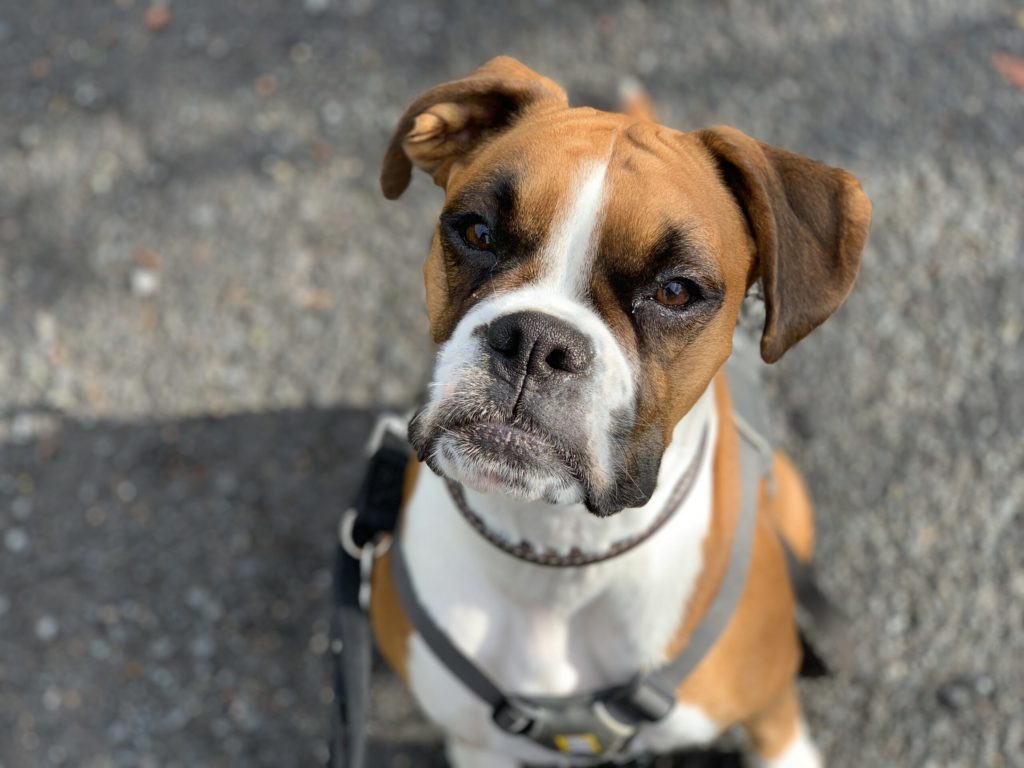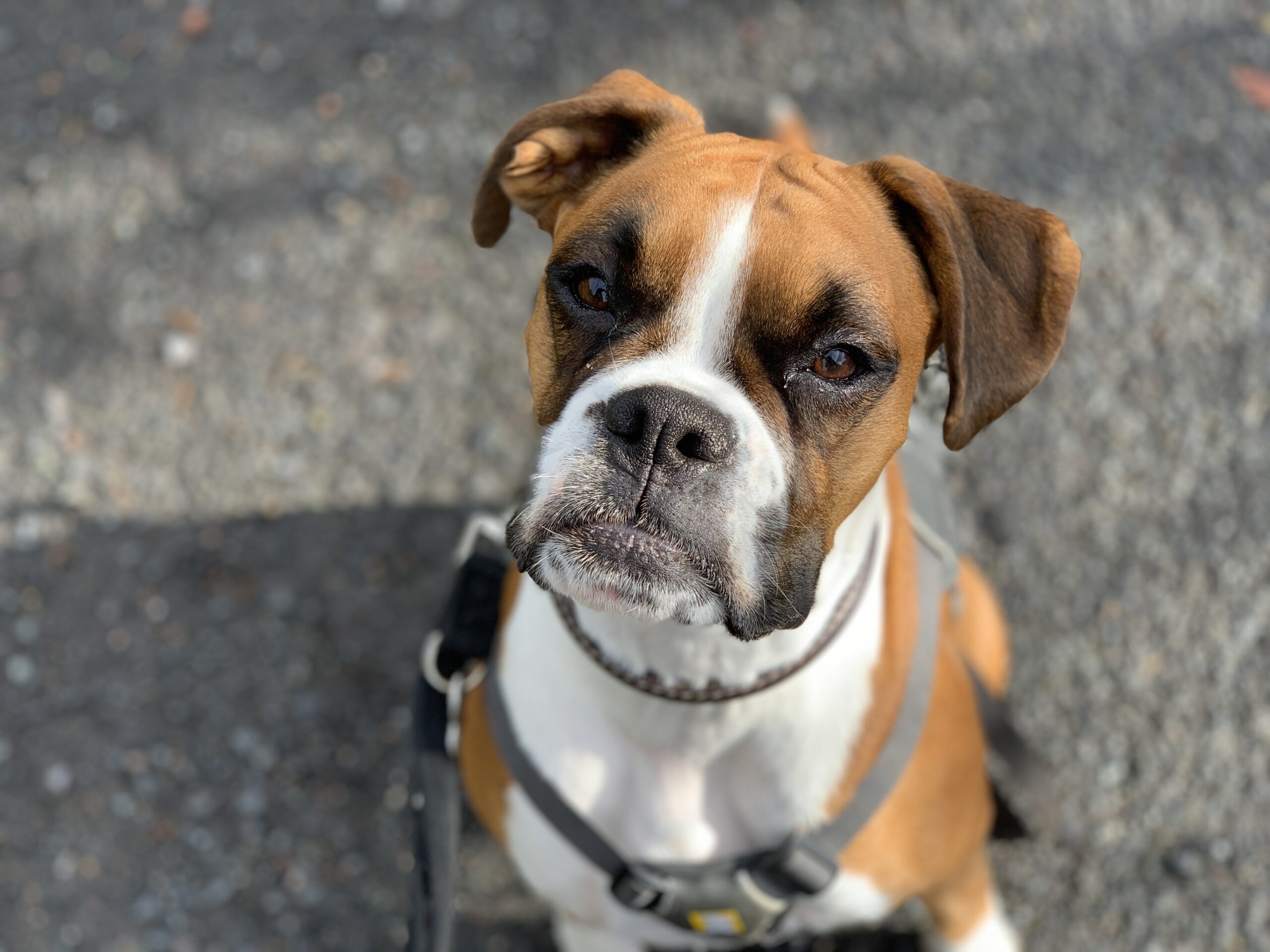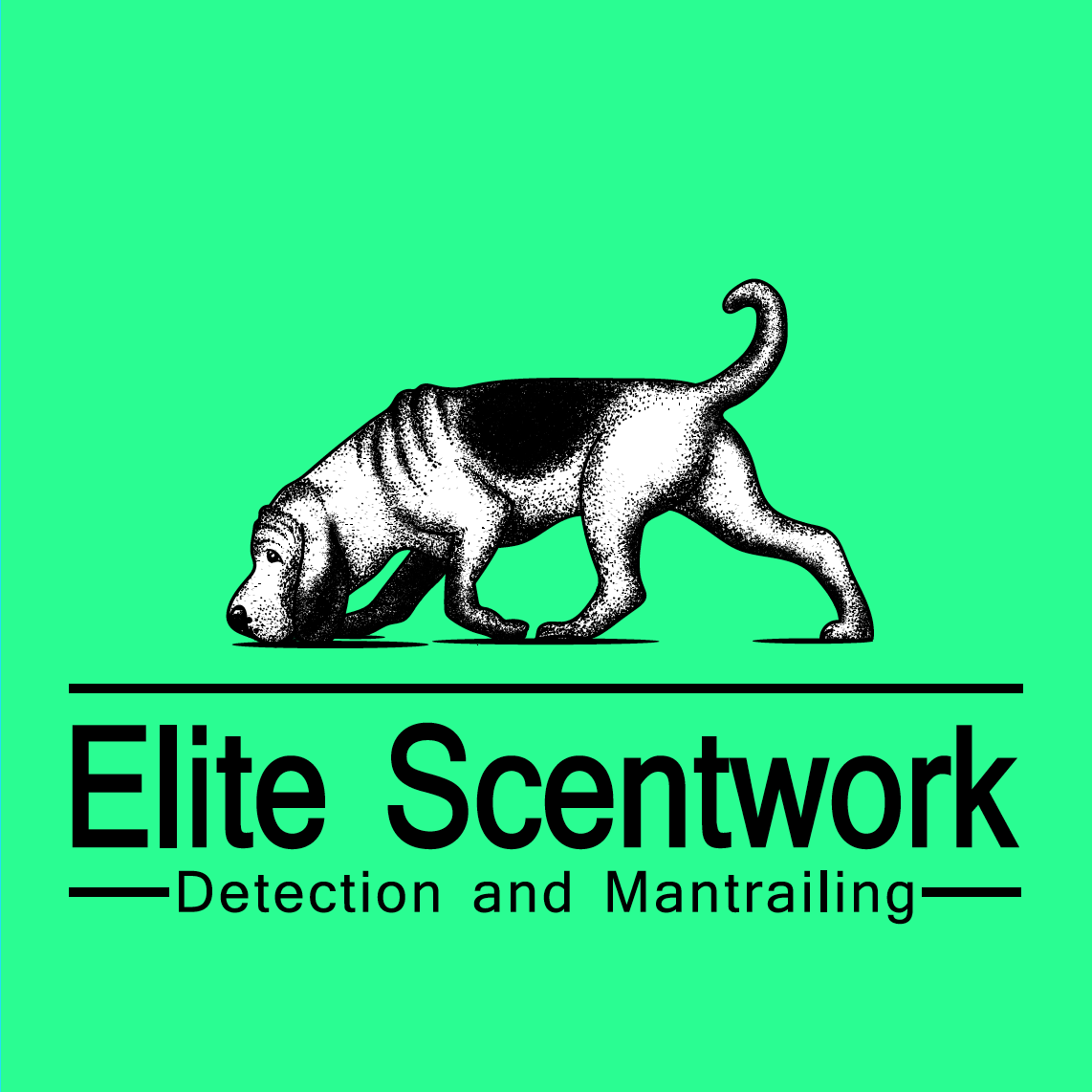
Once you try scentwork with your dog, you definitely get hooked! Have you tried it yet? We highly recommend it as it is so simple and doesn’t have to cost anything. Many owners simply start with the dogs own food or some tasty treats to really get that sniffer working.
For some dogs it takes a bit of time to know ‘how’ to use their nose. After all, many dogs rely on eyesight as it easy for them, however, with scentwork training, you really start to open up an invisible world to your dog. These scentwork games are fantastic mental stimulation and can really help training and behavioural issues.
In this article we will go through some ideas on which ‘scent’ you can use at home to train with which would be ideal for pet dogs. Of course, there are so many scents around and it can be difficult knowing which one to choose.
Safety Tips for Using Essential Oils With Your Dog:
Always consult your vet first!
Make sure the oil is safe for your dog and other species in the house.
Always dilute or infuse the essential oil before using it in training.
Multi-species households
If you have multiple pets in the house, check that the scent you use is safe for the other species in the house. If you are unsure with what to use, please check with your vet first.
People believe the use of these “natural” essential oils helps improve their personal and their pet’s health and happiness. But with mixed conflicting toxicity information on the internet about what essential oils you can use in scentwork, it can be difficult to know which one to use.
The information is so varied because there is a range of toxicity and it also depends on how much may be ingested. The difference between absorbing very minute scent particles and a whole bottle of essential oil is where the information can be interpreted in various ways.
“Natural” doesn’t always mean safe.
For our canine friends, the following essential oils are poisonous. This list is not exhaustive:
- Pine oil
- Tea tree oil
- Wintergreen oil
- Cinnamon oil
- Citrus oil
- Peppermint oil
- Sweet Birch oil
- Ylang Ylang
- Eucalyptus oil
What about cats?
Established research has shown that essential oils can be toxic to cats, whether taken internally, applied to the skin, or simply inhaled. Exposure can lead to serious heath problems and even death. Check out this link to read an article from the Cats Protection about this.
Felines are missing specific enzymes that provide the ability to properly process various compounds (called “gluconuridation”) found in essential oils, specifically phenols. Phenolic compounds occur naturally in plants and are highly concentrated in essential oils, leaving the liver the most vulnerable to organ failure.
The following essential oils are poisonous to cats:
- Cinnamon oil
- Citrus oil
- Clove oil
- Eucalyptus oil
- Oil of Sweet Birch
- Pennyroyal oil
- Peppermint oil
- Pine oils
- Tea Tree oil
- Wintergreen
- Ylang Ylang
For more information click here to see what the PDSA say about essential oils and cats.
Not sure what to do to start?
Starting scentwork games with your dog is so much fun and you can start today! The safest thing to begin using is dog food or tasty dog treats. This simply gets the dog practicing scenting and searching with their nose and it is something you have readily available at home. This can also be done using the scent of their favourite toy.
When you are ready to progress, you can consider using a more specific scent that your dog will not commonly find in the home. You want to use a scent that is unique to your scentwork training and will be a scent your dog identifies to find. Click here for some useful tips from Scentwork UK.
If you want to purchase a ready made scent kit, especially designed for scent dogs, click here to see what the UK College of Scent Dogs have available.
What is safe to use in Scentwork?
Below is a list of scents you can use. Remember, these must always be diluted or infused and bottles must be kept out of reach from our pets.
Frankinsense oil
Ginger oil
Lavender oil
Myrrh oil
Vanilla oil
Vetiver oil
Camomile oil
Clary sage
Cedarwood
Truffle oil
Napier gun oil
When starting out, always make sure your dog is not repulsed by the scent. This does occasionally happen! Do a small trial by placing a drop onto a cotton pad within a sealed container with holes in the top (for example a plastic takeaway tray). This is to stop your dog eating the cotton pad if it is that way inclined!
Place the container in the middle of the floor and stand back. Observe your dog and watch what they do as they go towards it. Depending on their reaction, you will find out if they are repulsed or don’t mind that particular scent. You may need to repeat this a few times.
Conclusion
Scentwork is so easy to do, you don’t have to purchase anything special at first and it can be done anywhere. Be warned, once you get your dog sniffing, you won’t stop! It feels great to work as a team and see just how happy your dog is when they are sniffing. If you want some inspiration, click here to read our blog on 5 fun scentwork games for the home and garden.
After you have done some simple exercises hiding food, you can then build up to teaching your dog to search for a particular scent such as the ones listed above. Remember to check if the scent you choose is toxic to dogs or any other pet in the household and don’t over use it. Infusion or dilution is best as our dog’s sense of smell is far, far grater than ours.
If you are interested in in getting help with your dog’s scentwork skills book a private lesson with me! I will help you personalise a scentwork training plan and progress your dog as we go! Fill out the contact form here. Do also check out our sister company Elite Scentwork here.
For further information please email us on info@theconfident-k9.com
Disclaimer: The information provided in this blog is for informational purposes only. Read our full Disclaimer.








Comments are closed